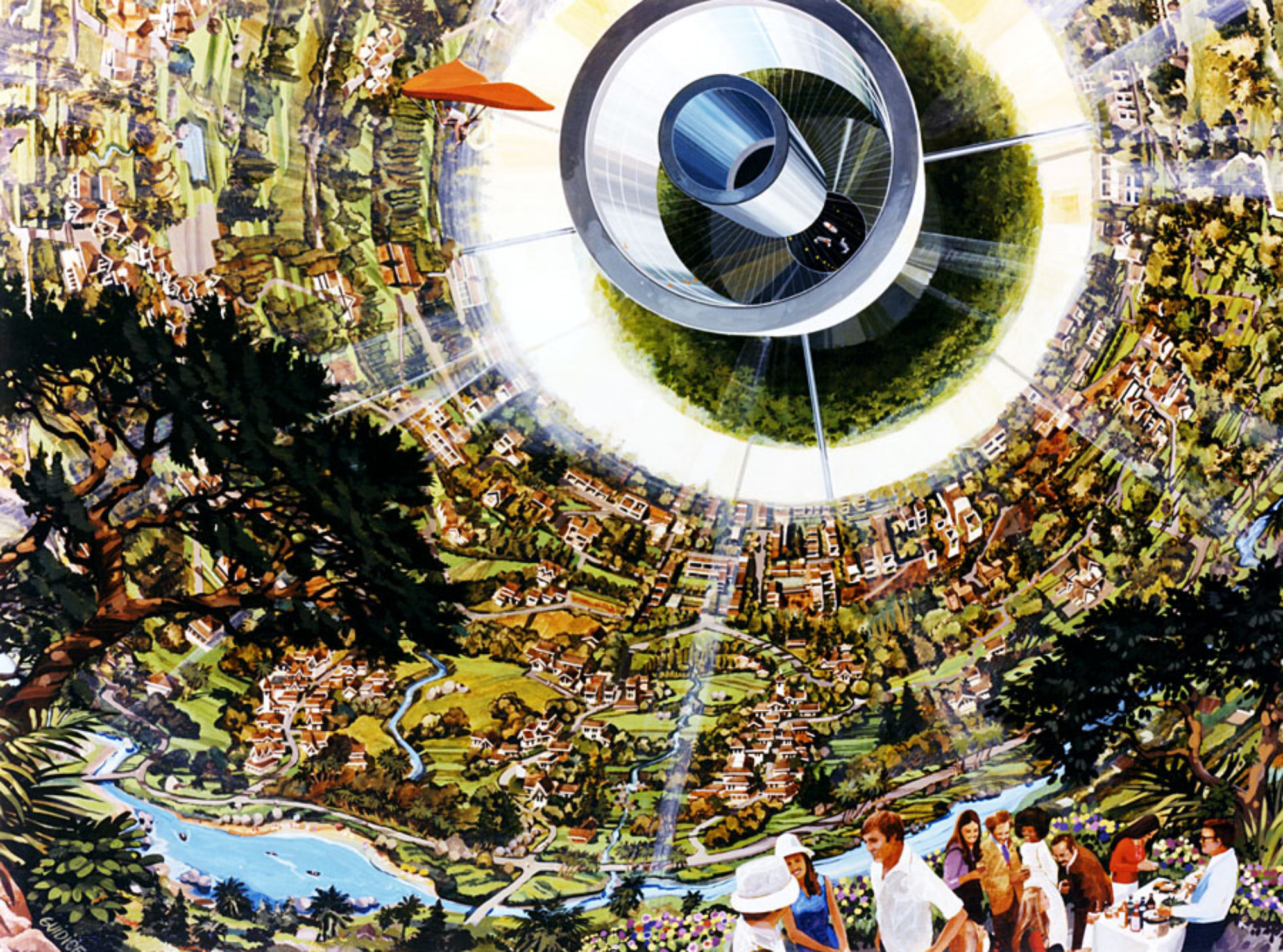
Gregory Dorais, a research scientist at NASA Ames Research Center, has combined several existing technologies including centrifuges, tilted trains and roller coasters to devise a novel hypergravity space settlement ground-analog that could be used to study the effects of artificial gravity on humans, animals and plants for extended periods. He introduced the concept in a paper presented at the American Institute of Aeronautics and Astronautics Space 2016 Conference in Long Beach, California. Experimental results using such a facility could inform designs for orbital rotating habitats providing up to 1G of artificial gravity or even surface-based outposts on the Moon, Mars or anywhere. The facility could also study higher levels of gravity (thus the name “hypergravity”) which could be beneficial in mitigating deleterious effects of microgravity on human physiology.
Dorais’ Extended-Stay HyperGravity Facility (ESHGF) would merge technologies of centrifuges and trains, creating a 150 meter circular track with a series of connected tilting cars. The tracks could use tubular rails similar to today’s rollercoasters or eventually use magnetic levitation. An optional transfer vehicle placed on an outer concentric track is proposed where people and cargo can be moved between a depot and the hypergravity vehicles while they are in motion so that a constant velocity can be maintained without disruptive force changes during operations.


The interior of each car could be customized to meet the needs of its inhabitants, but would likely include all the expected functions of a thriving space colony including living quarters, agricultural facilities, marketplaces, recreational centers and much more.
The system is modular and extendable allowing the facility to start small and then expand into a variety of configurations to investigate multiple gravity level environments as sanctioned by budgets. Dorais says that the facility “… will permit research on the long-term health and behavioral effects of various artificial-gravity levels and rotation rates on humans and other life, among other things, to establish the design requirements for long-term space settlements.”
